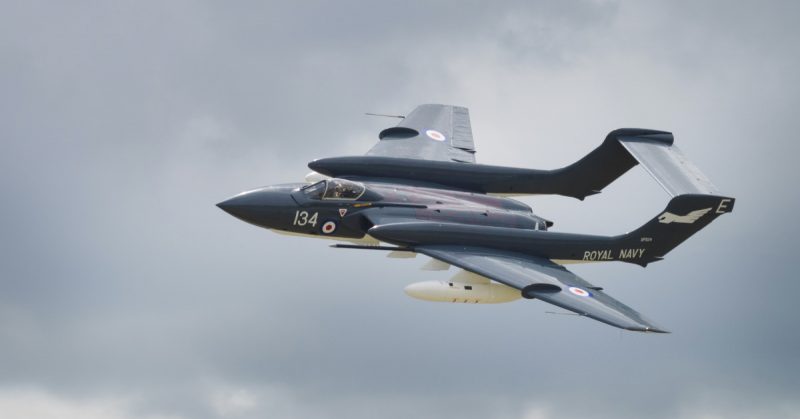The planes also suffered nine accidents, which by itself is not substantial, but one must consider that only 49 of the planes were ever built.
Every country that has developed its own military aircraft industry has its share of great design achievements and aeronautical blunders. The British are certainly no exception.
Certainly, the British have contributed some of the most iconic planes in military aviation history, starting out in the Great War with the Sopwith Camel. Their famous Spitfires and Hurricanes defended the country in WWII along with other successful planes such as the Lancaster bomber and Mosquito.
British designers helped bring about the jet age with the development of the innovative Gloster Meteor and vertical takeoff Harriet jump jets.
However, British aviation has seen some huge debacles in aircraft design and production as well. Some of these failures may have led to their fall behind their American and Soviet (now Russian) counterparts.
Here are five of the worst British aircraft developed and produced for the military. Of course, there are several more that could have made this list and these five are in no particular order, so feel free to comment on which models you feel deserve to top the list.
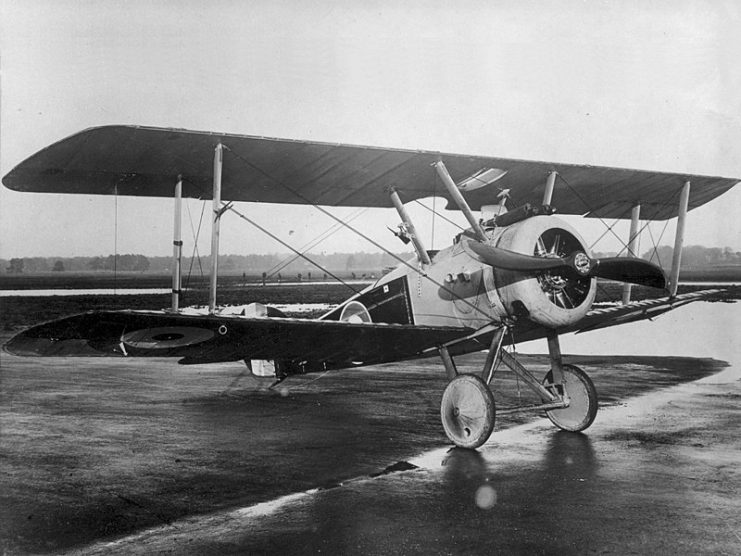
Blackburn Roc
Blackburn gets three entries into our list starting with an underpowered fighter with a poor design concept. The Roc takes its name from the mythical bird in one of the Arabian Nights fairy tales.
The fighter was introduced in 1939 but was retired only four years later. Thankfully for British naval airmen tasked with defending convoys, only 136 were produced.
The Roc was intended to be a carrier-based fighter but was plagued with a number of flaws, not the least of which was having its only guns (quad Brownings) placed in a mainly rear-facing turret.
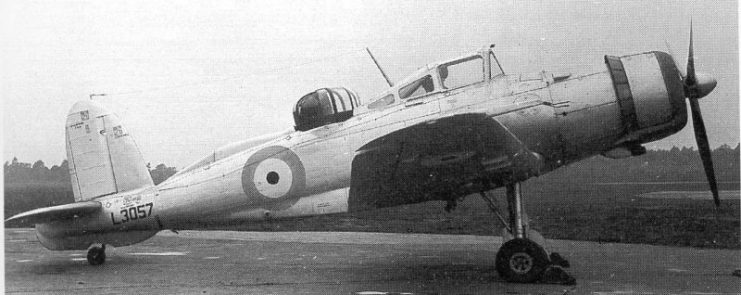
However, based on its incredibly low cruising speed of 135 mph (max 223 mph), it was probably the best placement of its armament. It’s difficult to imagine that in 1939 the Roc’s contemporaries included the German Bf-109 and the Japanese Zero fighters.
With only one air combat kill in early service, a Ju-88, the Roc was relegated to target towing and air/sea rescue operations in 1940.
Blackburn Botha
The Botha also entered into service for Great Britain in 1939. With a maximum speed of 249 mph and a cruising speed of 212 mph, it was slow and unstable as the torpedo bomber it was intended to be.
Due to its poor performance, it took very little time to get the Bothas removed from front-line duty. Ironically, the planes were then used for reconnaissance despite having no rear-facing windows other than the lone dorsal ball turret.
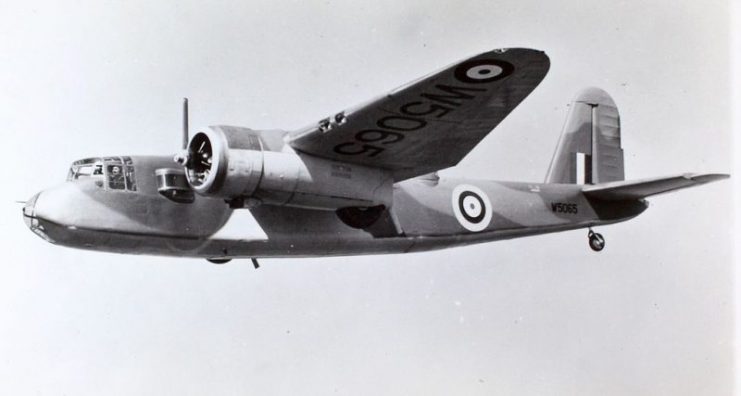
Furthermore, the plane was difficult and troublesome for pilots to control, which caused a number of accidents. So, doubling down on absurdity, they were relegated to duty as training planes where, unsurprisingly, more accidents occurred.
Some of these dogs finally found a home as target tugs before being retired in 1944 after 580 of them had been built.
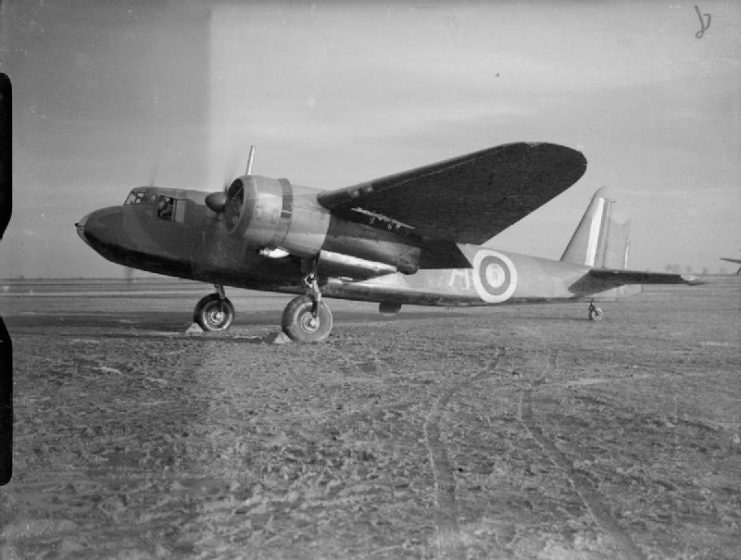
Blackburn Beverly
Rounding out our Blackburn entries is the Beverly. This cargo plane was introduced to the Royal Air Force in 1955 and should be included in any list of the “ugliest planes ever.”
Besides being ugly, the design of the Beverly was unseemly and lacked overall utility for being a cargo plane. One noteworthy modification was the installation of an “elephant foot” attachment, which was designed to keep the plane from tipping over when loading heavy cargo.
Other design issues include the tragic death of a soldier who stepped out of one of the plane’s toilets only to fall 20 feet to the first floor because of an open door in the floor outside the toilet.
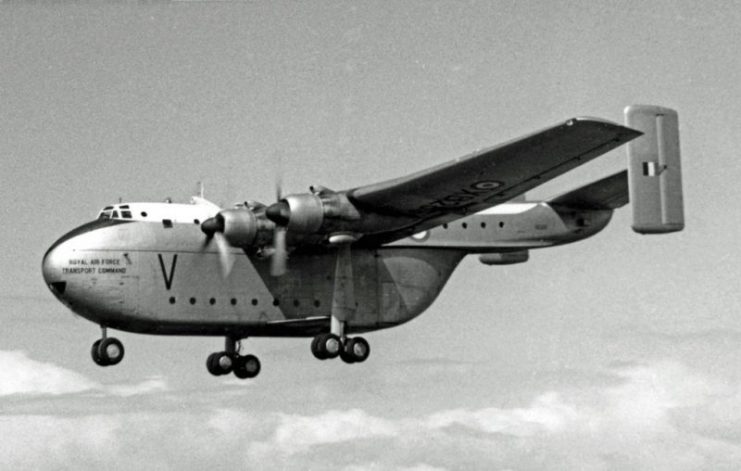
The planes also suffered nine accidents, which by itself is not substantial, but one must consider that only 49 of the planes were ever built.
Compared to the Beverly’s American counterpart, the C-130 Hercules which entered into service about the same time, one can see some huge disparities. For instance, the C-130 had about the same payload, but had a cruising speed of 336 mph (150 mph faster than the Beverly) and a range of 2,300 miles (1,000 miles further).
It’s no wonder that the Beverly was retired in 1967 while the C-130 is still being used today in dozens of roles, with over 2,500 of the Hercules being built.
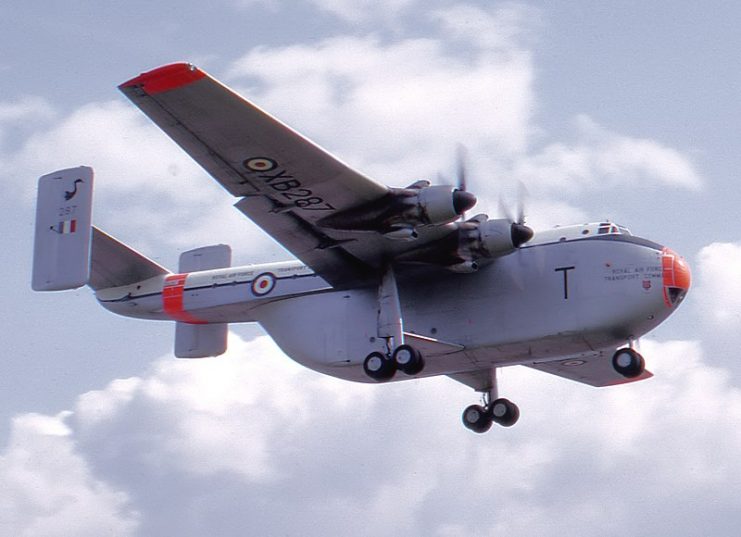
De Havilland Sea Vixen
The Sea Vixen is one of those projects that were slow to develop (see F-35 for a current example). By the time the Sea Vixen showed up for the game, the rules had already changed dramatically.
The military specs for the aircraft were given for development in 1947 and the first Sea Vixen took flight in 1951, but because of significant issues and changing needs the Sea Vixen didn’t begin service until eight years later, in 1959.
By then, it was outclassed and over-engineered. It couldn’t even break Mach 1 in the final version and was only used as a carrier-based fighter. Only 145 Sea Vixens were produced.
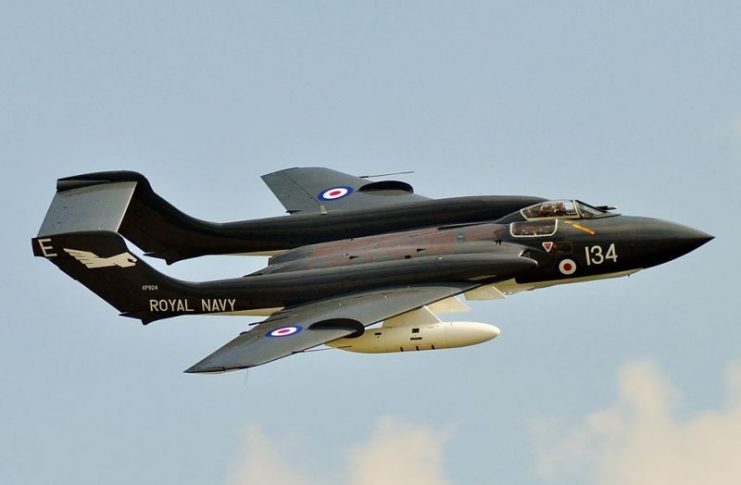
Luckily, it never saw a dogfight because it suffered enough accidents even without an enemy. None of the planes is currently airworthy, and during its service 51 crewmen died in accidents.
Remarkably, it was retired only in 1972. However, a quick look at the American carrier-based fighter jets that began service in the same time period shows a drastic advantage in concept, design, and execution on the part of the Americans.
The F-8 served until 2000 and was twice as fast as the Sea Vixen, and the F-4 Phantom is still in use today.
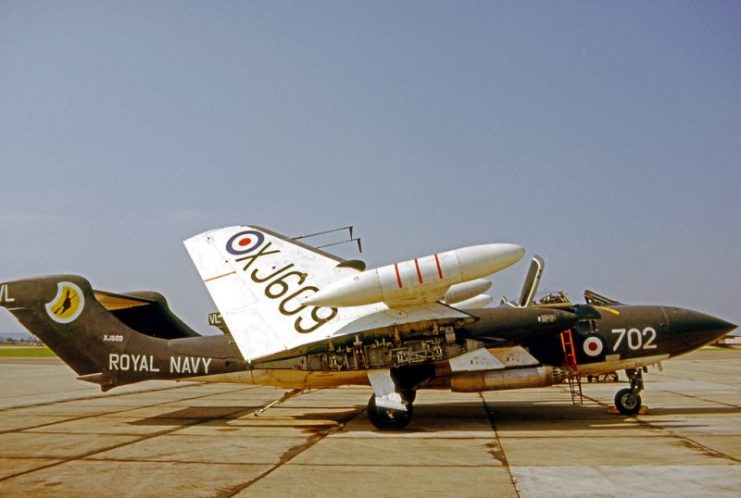
Supermarine Scimitar
The Scimitar was introduced in 1957 and was officially retired in 1969, but only 76 were produced. It was designed to be a Naval fighter and had an auspicious and tragic beginning.
During a carrier landing on HMS Victorious, the pilot of the first Scimitar was killed when one of the arresting cables broke. The plane slid off the side of the carrier and the pilot drowned because his canopy couldn’t open. This all happened in front of the press.
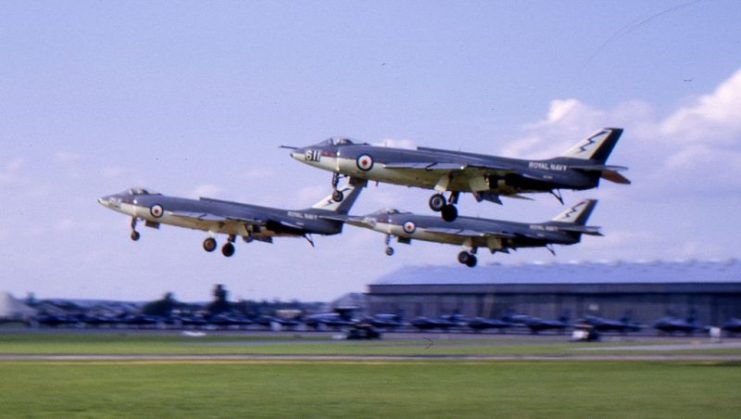
The journey of the Scimitar and its crews didn’t improve from there. It was a flying coffin not because of any enemy engagements, but only due to its problematic flaws.
Read another story from us: 5 Sopwith Fighter Planes in Over 35 Images
Fifty-one percent of the Scimitars produced were lost to accidents. One source claims that the upkeep was also problematic, with as much as 1,000 maintenance hours for every flight hour.
Ironically, the Scimitar’s ineffectiveness as a fighter plane necessitated an alternate role as a low-level strike fighter, and it was given nuclear payload capabilities.
